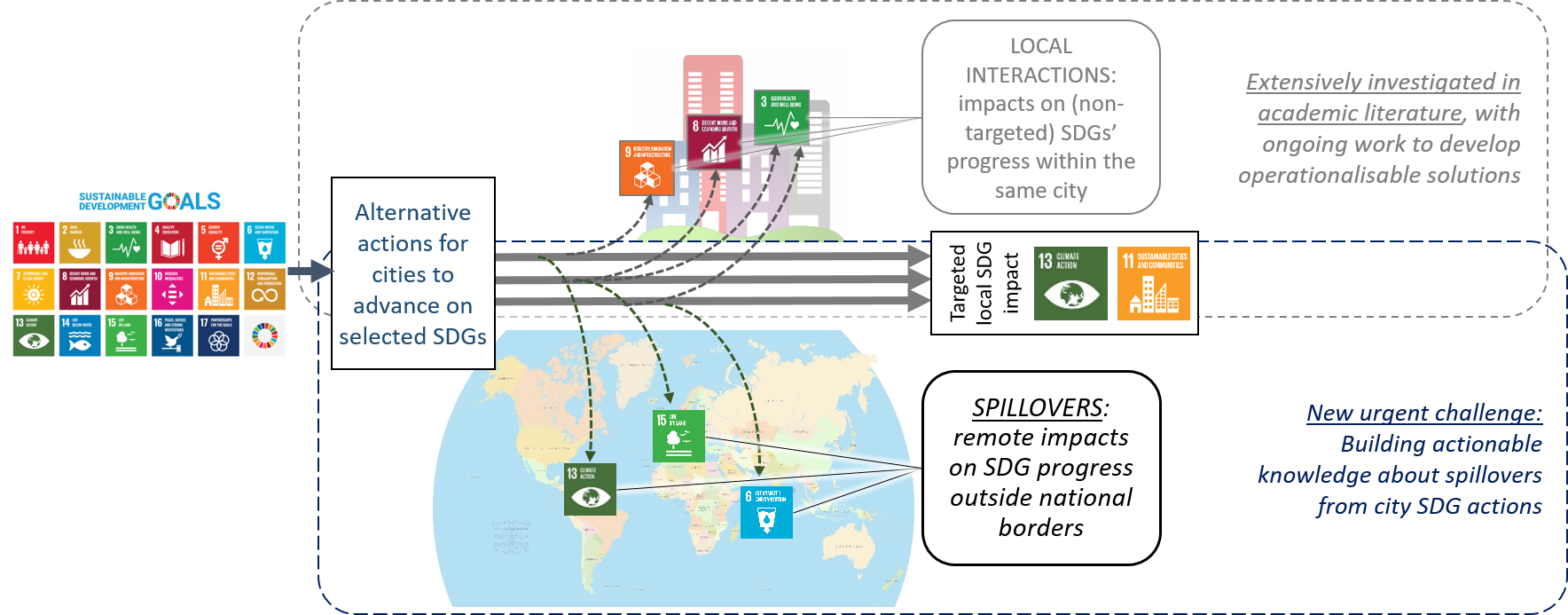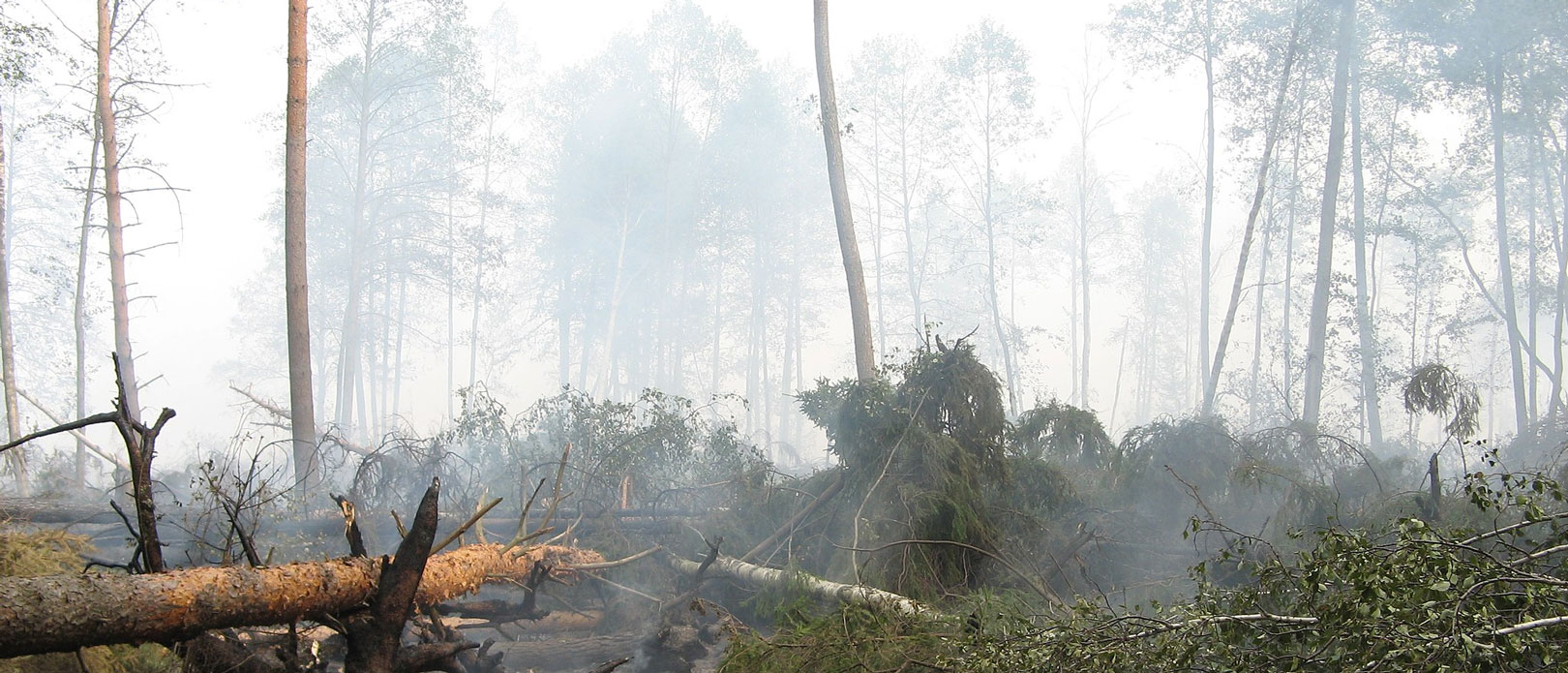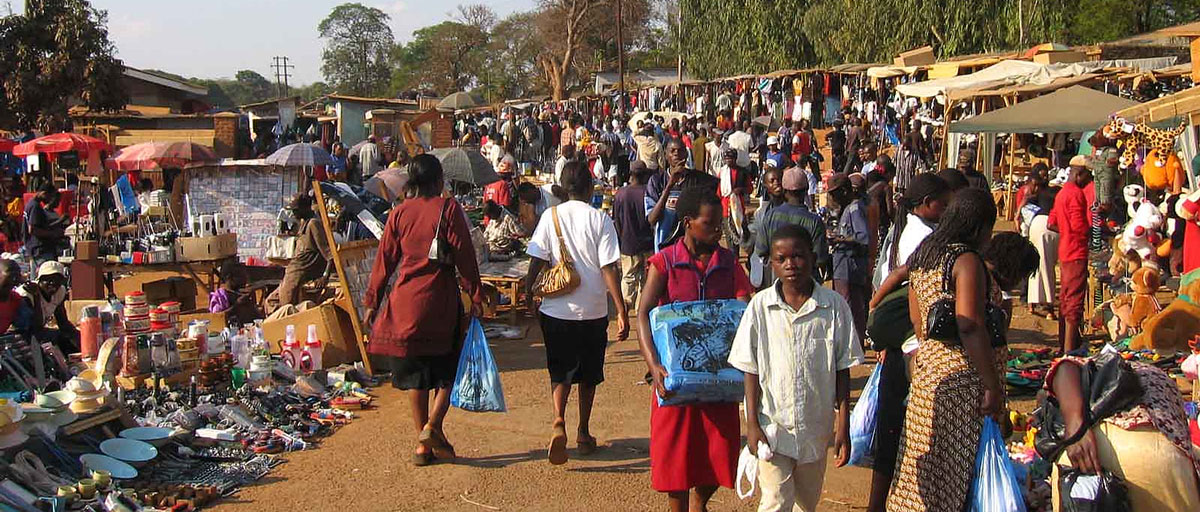SUSTAINABLE DEVELOPMENT GOALS
Why local sustainability planning should be globally focused

Researchers point out how crucial local SDG efforts are to reach the 2030 Agenda, but also that actions for progressing on one SDG locally may affect other SDGs far beyond even national borders. One example mentioned in the article is the Swedish city Oskarshamn whic aims to become climate neutral by 2030. Photo: D. Kihlgren/Wikimedia Commons
Local efforts to reach sustainability goals risk causing “spillover effects” on global goals for sustainability. Managing these impacts better should be a priority
• Local SDG action can cause ‘spillovers’ effects on the same and other SDGs beyond municipal and even national borders
• Study focuses on Sweden since the country has a policy that all national political decisions should contribute to a sustainable global development
• A new three-part research agenda to enable spillover considerations in local SDG strategies is suggested
NOTHING STAYS IN ONE PLACE: A new take on the old mantra “think globally, act locally” is suggested in a study on the role of cities in achieving the sustainable development goals (SDGs).
In a commentary published in NPJ Urban Sustainability, researchers point out how crucial local SDG efforts are to reach the 2030 Agenda, but also that actions for progressing on one SDG locally may affect other SDGs far beyond even national borders.
An increasing number of cities around the world have launched ambitious local decarbonisation plans to meet SDG13 and the Paris Agreement. This is imperative for climate action, but assessing and managing the spillovers that they may create should also be a priority.
Rebecka Ericsdotter Engström, lead author
The authors behind the new study include centre researchers David Collste and Sarah Cornell; and Swedish colleagues from the Royal Institute of Technology, Stockholm Environment Institute and the Department of Physical Geography at Stockholm University.
Focus on Sweden
The study focuses in particular on Sweden to highlight the challenge of spillovers.
The country is considered one of the SDG front-runners and has an almost twenty-year-old policy that all national political decisions should contribute to a sustainable global development.
“While the Swedish case is not universal, many cities around the globe have high ambitions to progress on the 2030 Agenda, but similarly lack tools to assess and manage potential spillovers,” they write.
One concrete example mentioned in the article is from the Swedish city Oskarshamn. The municipality aims to become climate neutral by year 2030, by increased electrification or increased use of biofuels. However, both efforts come with consequences:
- Increased electrification would increase water and land use within Sweden
- Increased use of biofuels would increase water and land use abroad.
Hence, the first strategy to decarbonize Oskarshamn and advance SDG 7 (clean energy) and SDG 13 (climate action) could hinder progress on SDG 15.1 (terrestrial biodiversity) in Sweden, while the second strategy might compromise SDG 6.4 (sustainable water use) in Germany or Brazil.
A three-part research agenda
Based on their observations in Sweden and abroad the authors outline three priorities for a new research agenda to enable spillover considerations in local SDG strategies:
- Fit approaches to local realities: make assessments adaptable to local priorities and develop user-friendly, transparent tools and interfaces that make spillover consideration practical across diverse expert groups and with lay users.
- Increase accessibility, comparability and transparency of tools: improve international collaboration on data gathering and sharing, increase multi-model coordination and advance the capacity to deal with uncertainty in modelling.
- Reconcile available knowledge to guide prioritisation: reconcile current knowledge and guide analysis to where it is most impactful, e.g. by identifying the SDG actions and localities that are most likely to create large spillovers, and the ones most vulnerable to receive spillovers.

Overview of how local SDG actions can influence other regions through unintended spillover impacts. Interactions between different SDGs within the same city or municipality were not included in the study.
Engström, R.E., Collste, D., Cornell, S.E. et al. 2021. Succeeding at home and abroad: accounting for the international spillovers of cities’ SDG actions. npj Urban Sustain 1, 18. https://doi.org/10.1038/s42949-020-00002-w








